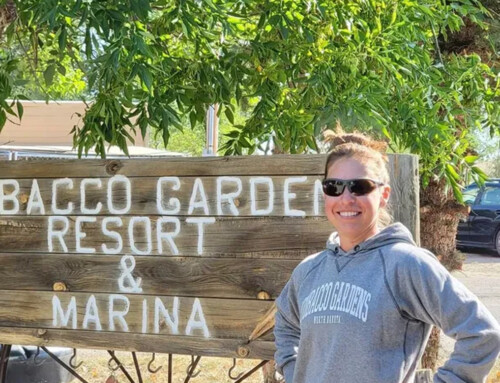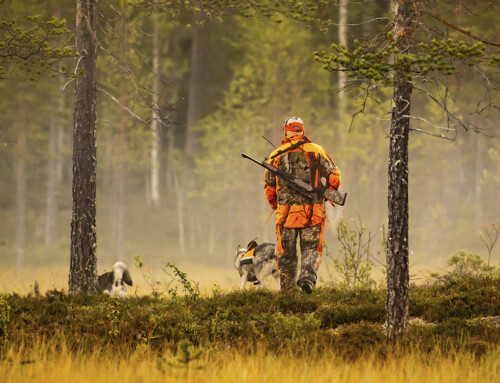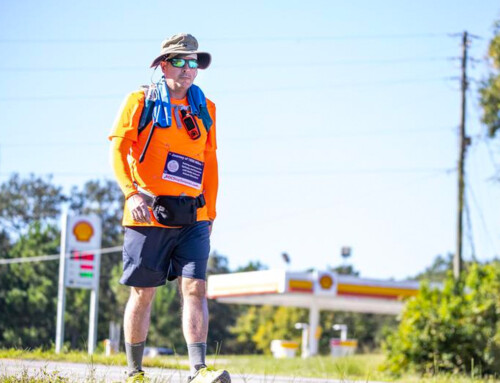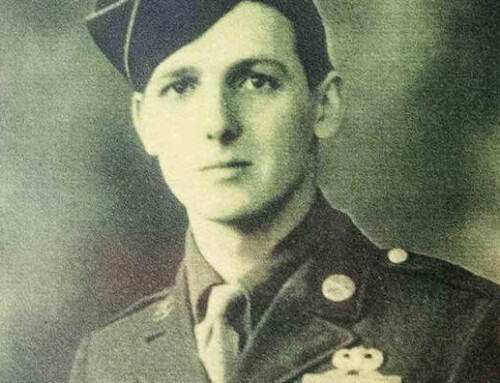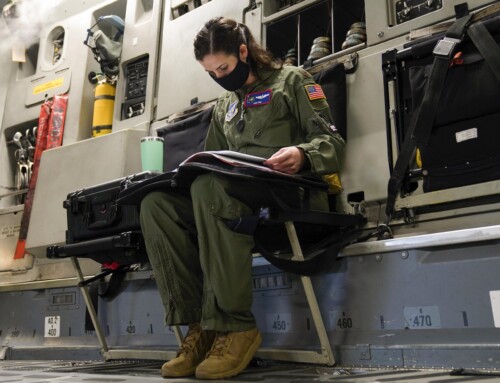Standing on the ramp of a C-130 in the dead of night, at 5,000 feet, in thick clouds over the Indian Ocean 12 miles east of the Horn of Africa, Terry Houin and his five teammates, all part of a secretive intelligence unit within the US Navy SEALs, strained to see the warships floating in the chop below.
Neither the guided missile destroyer USS Bainbridge nor the frigate USS Halyburton, part of a task force deployed to curb rampant piracy in the region, had experience retrieving operators out of the open ocean. The ramp was down and the jump light red. A Special Tactics airman still had the ship’s crew on the line, talking them through the mechanics of plucking these four SEALS and two airmen out of the cold water.
Thirty seconds out, all Houin could think was They’ll figure it out. There was no other way to think about it. Then, the jump light went green. Lights from the ships below were just barely visible in the pea soup conditions. Then, the jumpmaster called it, and Houin and his teammates were off, in free fall, screaming toward the most hostile stretch of water on earth.

That morning, Houin and his small team of SEALs had been laid up in a hotel in sub-Saharan Africa when the phone rang. “Turn on the news,” said a voice from headquarters. Somali pirates had taken the cargo ship Maersk Alabama and had forced its captain, Richard Phillips, into a lifeboat now steaming toward the east African coast.
Cable news broadcast the story around the world, full of breaking details. An AK-47 was “pressed to the captain’s back,” according to CNN. USA Today ran the developing hostage situation on its front page. The White House, the voice on the phone told Houin, was planning a press conference. The hijacking of the Maersk Alabama was the first successful pirate seizure of a US ship since the 1820s — and the whole world was watching.
For the SEALs of the Naval Special Warfare Development Group, often abbreviated to DEVGRU, the situation presented something like a return to its founding mission: maritime hostage rescue on hairbreadth notice. This mission wasn’t just what DEVGRU operators were trained to do. This was why they were created.
Houin, who retired from NSW as a master chief in 2018, can’t say what he and a small band of SEALs, airmen, and “agency guys” were doing in Africa. But as the closest operators to Somalia, they were the ones in free fall just a few hours later.

In April 2009, when the pirates grabbed Phillips, there was no water on the planet worse than the Indian Ocean off the east coast of Africa. In the ’00s, a few men in a skiff with AKs launched from the Somali coast could take a tanker or cargo ship without much resistance. The ship’s owner or insurance company would often wire a few million US dollars to the controlling Somali warlords in Mogadishu, and the fishermen-turned-pirates would return to their coastal villages in their salt-beaten skiffs. The Maersk Alabama hijacking, and the SEALs like Houin who jumped in to stop it, would change all that forever.
Aboard the Bainbridge, Houin and team, which included Lt. Cmdr. Jonas Kelsall, went to work. With Bainbridge’s Cmdr. Frank Castellano, they came up with a simple plan: Get the pirates seasick enough that they’d need fresh air and step out the enclosed lifeboat hatch or pop up in portholes. With three heads up and visible at the same time, team snipers could dump them with synchronized fire like a life-or-death game of whack-a-mole. It was essential to kill them fast, and at the same time, so no dying pirate could harm the American hostage, bound up just a few feet away in the confined lifeboat.
The Bainbridge began the plan by positioning itself to float the lifeboat in its wake — roiling in its whitewater chop. The Halyburton launched two SH-60B Seahawk helicopters to further push the boat around with prop wash. Soon the pirates were complaining of the heat, the lack of food, the lack of cigarettes, and the lack of khat — a plant-based opioid-like chew they were hooked on.


